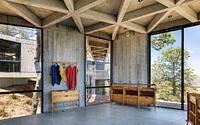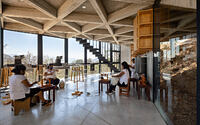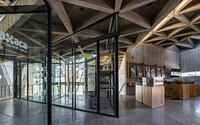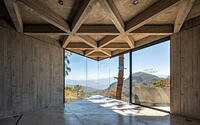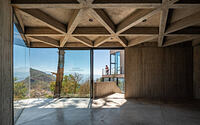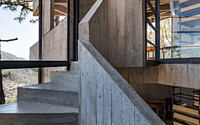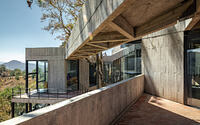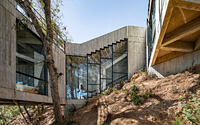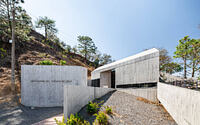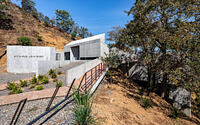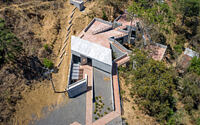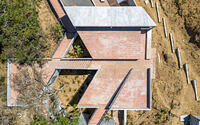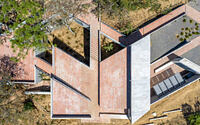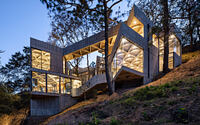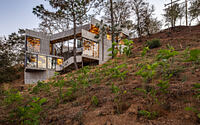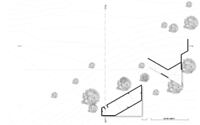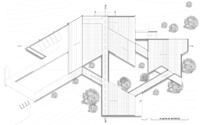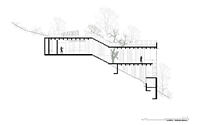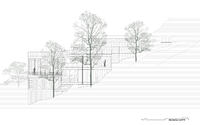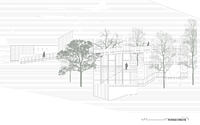Silkworm Sanctuary by Lamz Arquitectura
Silkworm Sanctuary is a concrete building designed in 2020 by Lamz Arquitectura, located in San Pedro Cajonos, Mexico.

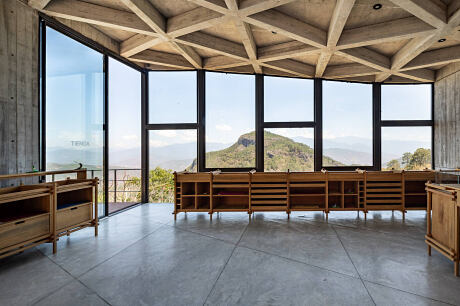
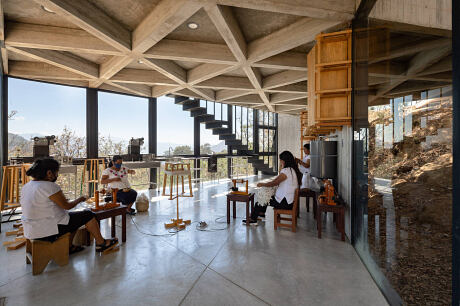
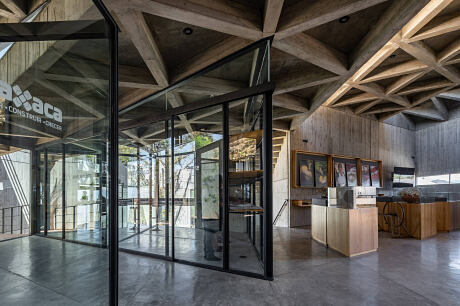
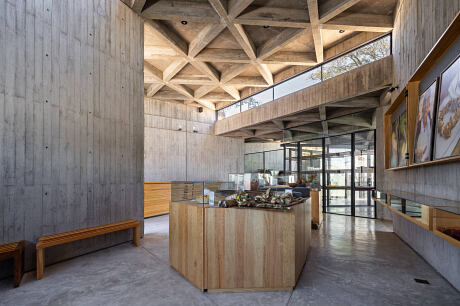

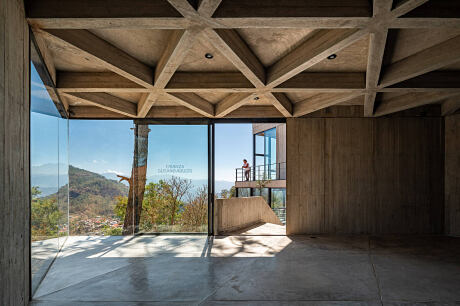
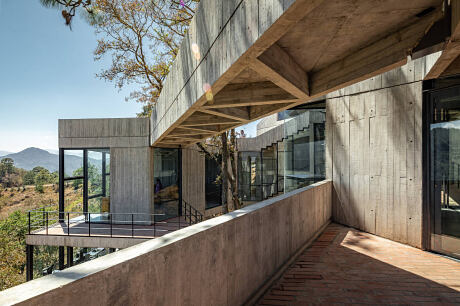
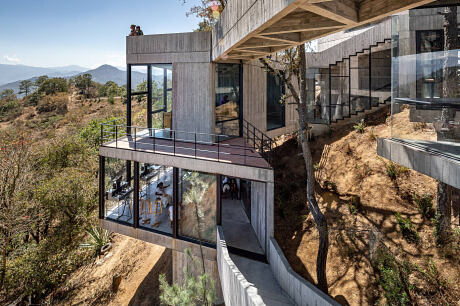
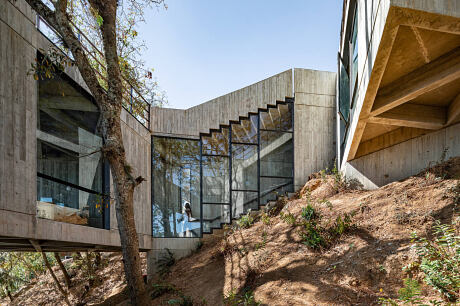
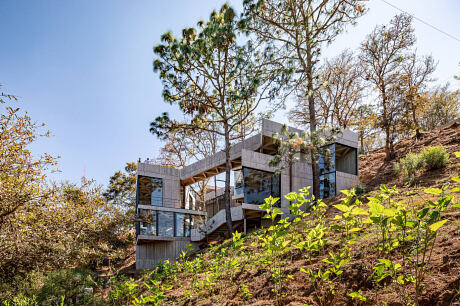
Description
The project emerges based on the necessity to consolidate the community of San Pedro Cajonos with a higher silk production within the Sierra Norte in the state of Oaxaca. Due to the topography in the region, the project consisted of finding the correct form to settle and emerge each volume and create a pathway for two options: the perpendicular or diagonal angles within the platforms. The purpose of the platforms is to respect the pre-existing trees and natural landscape and generate a series of ramps that have an adequate slope to disperse you from one place to another. Between each platform, we searched for the correlation of interior-exterior, marking the landscape and searching for an adequate transition between each space, whose characteristics and temperature vary between one another.
The diagonal solution on the slope gave us an interesting functional criteria, generating a triangular grid over the site, one that could either stretch or shrink in the virtue of each function or space, thus originating a series of edges outside and within the design to create tension between each of the different bodies/volumes.
The material selection has two important connotations on the project: the first responds directly to a structural function, creating a structural grid that covers wide spaces, generating a transparency with light transitions between the volumetric bodies. The second, is the search for a better behavior from the material through time, that being of a public building, maintaining a low cost maintenance is important, and as such the aging of the concrete will be able to generate an amalgam between the building and the context.
The pedestrian access, a brick pathway, guides you towards the main door and makes a turn at the end for another ramp, one that takes you to the roof terraces. Inside, the interior circulations permit a fluent transit for the handicapped and elderly in reach of the main spaces that showcase historical artifacts used by ancestors while permiting the overlook of the initial activities of the silk worm cultivation process. The second volume, which houses the young and mature silk worm rearing, distributed into two levels, has the capacity to hold up to more than 20,000 monthly. The third volume is where the final producs are made, from the silk extraction to the woven garments, either in their natural color or dyed with natural materials.
Troughout the different platforms, the user always has natural light iluminating all of the spaces during the day. The different rooftops that are connected through bridges and inclined roofs with adequate slope make a passage through the canopy of the trees within and outisde of the project, allowing the visitors to enjoy the great views of the Sierra Norte Mountain range and the surrounding ladscape.
“We always wanted the user or visitor to be recieved in a discreat way, so that as they proceeded further into the building, these wide spaces with various heights opened up to a central garden that iluminated the interiors, sheltering them all throughout the different levels, making them live the hillside without being outside, and creating an interconected enviroment between nature and themselves.”
Photography courtesy of Lamz Arquitectura
Visit Lamz Arquitectura
- by Matt Watts